
Most do this wrong. Here’s how often to sanitize everyday surfaces
In our daily pursuit of cleanliness, it’s surprisingly easy to overlook the importance of properly sanitizing the surfaces we touch most often. While many people believe they clean effectively, countless individuals either miss critical areas or don’t clean with the frequency required to truly stay healthy. Understanding how often and how thoroughly to sanitize high-touch surfaces can make a significant difference in your overall well-being and the health of those around you.
Germs and bacteria are invisible to the naked eye but can have lasting consequences if not managed correctly. In an era where viral outbreaks and heightened hygiene awareness have become part of everyday life, knowing the right sanitization habits is more important than ever. This article explores the best practices for keeping your surroundings clean, safe, and truly sanitary.
1. The Importance of Regular Sanitization
Regular sanitization is fundamental to maintaining a healthy home or workplace environment. Frequently touched surfaces—such as doorknobs, light switches, and phone screens—are hotspots for bacteria and viruses. Studies show that these high-touch areas can harbor anywhere from 500 to over 10,000 colony-forming units per square inch, making them potential breeding grounds for illness.
According to the Centers for Disease Control and Prevention (CDC), consistent cleaning and disinfection can reduce the spread of colds, flu, and other infectious diseases by up to 80%. Regular sanitization isn’t just about appearance—it’s a proactive way to protect your health, reduce sick days, and create a safer environment for everyone. Establishing a cleaning schedule and sticking to it ensures these benefits become part of your everyday routine.
2. How Germs Spread on Everyday Surfaces
Germs can spread in multiple ways: through direct contact with contaminated hands, droplets from coughs and sneezes, or even from contact with shared objects. When you touch a doorknob, a keyboard, or a TV remote, germs easily transfer between your skin and the surface. Depending on the environment, they can survive for hours—or even days.
For example, the influenza virus can remain active on hard surfaces for up to 48 hours, while norovirus can persist for weeks. In humid conditions, bacteria may even thrive longer. Understanding how these microorganisms move and survive helps you target your cleaning efforts more effectively. Frequent disinfection of high-touch surfaces breaks the chain of transmission before illness spreads.
3. Light Switches: Why Weekly Cleaning Is Essential
Light switches are among the most commonly touched yet often neglected surfaces. Every flick of a switch transfers small amounts of oil, sweat, and microbes from our hands. Over time, these build up and form a layer of contamination invisible to the eye.
Experts recommend cleaning light switches at least once a week, and even more often in offices, classrooms, or shared spaces. Use a disinfectant wipe or a cloth dampened with a mild cleaning solution, ensuring the switch is completely dry before turning it back on to avoid electrical hazards. Taking just a few minutes each week to sanitize light switches helps maintain a healthier space and reduces the spread of bacteria between family members or coworkers.
4. Remote Controls: A Weekly Must-Clean Item
Remote controls are notorious germ magnets. Studies have revealed that a typical remote may host more bacteria than a toilet seat, including harmful strains like E. coli and Staphylococcus aureus. Because remotes are handled frequently—often while eating or relaxing—they can quickly become a vector for disease.
To clean your remote properly, remove the batteries and wipe it with a disinfectant or a cloth lightly dampened with a cleaning solution. Pay extra attention to the buttons and crevices where grime can collect. Consider using a small brush or cotton swab for hard-to-reach areas. Weekly cleaning not only limits exposure to germs but also helps maintain the remote’s functionality for longer.
5. Doorknobs: Sanitizing Every Few Days
Doorknobs are touched by nearly everyone entering or exiting a room, making them key points of germ transfer. To reduce risk, sanitize them every two to three days, or more often in high-traffic environments such as offices, schools, and healthcare facilities.
Using a disinfectant spray or wipe is effective—just make sure to leave the product on the surface for the manufacturer’s recommended contact time to kill germs completely. This small but consistent habit can dramatically decrease the spread of infections in any shared space.
6. Phone Screens: Daily Sanitization Practices
Your phone screen is one of the dirtiest objects you own. Research has shown that mobile devices can harbor seven times more bacteria than a toilet seat, largely because we handle them constantly, even in public restrooms, restaurants, and gyms.
For daily sanitization, use a microfiber cloth slightly dampened with 70% isopropyl alcohol. Avoid using paper towels or abrasive cleaners that might scratch the screen. Regularly wiping down your phone not only protects your health but also prevents the buildup of oils and grime that can affect performance. For an added layer of safety, consider using antimicrobial screen protectors.
7. Common Mistakes People Make When Sanitizing
Even well-intentioned cleaning efforts can fall short if not done properly. One major mistake is wiping too soon—disinfectants need time (often a few minutes) to fully kill germs. Always check the label for the correct contact time before drying or rinsing the surface.
Another common error is using the same cloth or wipe for multiple surfaces, which simply spreads germs around instead of removing them. Always use clean wipes or washcloths for each new area. Lastly, many people don’t clean frequently enough, assuming occasional cleaning is sufficient. Consistency is what truly prevents contamination.
8. Effective Sanitization Techniques and Products
To sanitize effectively, it’s crucial to use the right products and methods. Disinfectants containing at least 70% alcohol, hydrogen peroxide, or bleach-based formulas are proven to kill most bacteria and viruses. For eco-conscious households, there are also plant-based disinfectants that meet EPA standards for effectiveness.
When cleaning, always start from the cleanest area and move toward dirtier ones to avoid cross-contamination. Keep the surface visibly wet for the entire contact time, and let it air dry whenever possible—this ensures complete germ elimination. For sensitive materials, such as electronics or wood, use specialized disinfectants that won’t damage finishes.
9. The Role of Viral Hacks in Surface Cleaning
Social media is full of “quick hacks” promising miracle cleaning solutions, but many are misleading or unsafe. A popular example is using vinegar as a disinfectant—it’s effective against some bacteria but not against viruses like influenza or COVID-19. Always prioritize scientifically verified cleaning methods.
That said, some modern tools—such as UV light sanitizers—can complement traditional cleaning. They work best on small items like phones, keys, and glasses. Before trying any viral hack, check trusted sources like the CDC or EPA to confirm its safety and efficacy. Convenience should never come at the cost of true cleanliness.
10. Balancing Over-Cleaning and Under-Cleaning
While cleanliness is essential, it’s possible to overdo it. Over-cleaning can expose you to excessive chemicals, causing skin irritation or respiratory discomfort. It can also disrupt the natural microbiome of your environment, making it harder for your immune system to adapt.
On the other hand, under-cleaning increases your risk of contracting illnesses. The best approach is balance: follow evidence-based cleaning frequencies and use gentle yet effective products. Smart sanitization means focusing on high-touch areas rather than obsessively cleaning every inch of your home.
11. Adapting Sanitization Routines for Different Seasons
Your sanitization habits should evolve throughout the year. During flu season, increase the frequency of cleaning high-touch areas to reduce viral spread. In summer, when windows and doors are open more often, dust, pollen, and outdoor contaminants can enter easily—so focus on entryways and window handles.
If you live in humid climates, pay special attention to surfaces prone to mold growth, such as bathroom tiles or kitchen counters. By adjusting your cleaning approach to seasonal needs, you can maintain a healthy environment all year round.
Final Thoughts
Proper surface sanitization isn’t just a chore—it’s a powerful act of self-care and community protection. By understanding how germs spread and how to clean effectively, you can create safer, healthier spaces for everyone. Small, consistent habits—like wiping your phone daily or cleaning doorknobs every few days—can collectively make a major difference in your well-being.
News in the same category

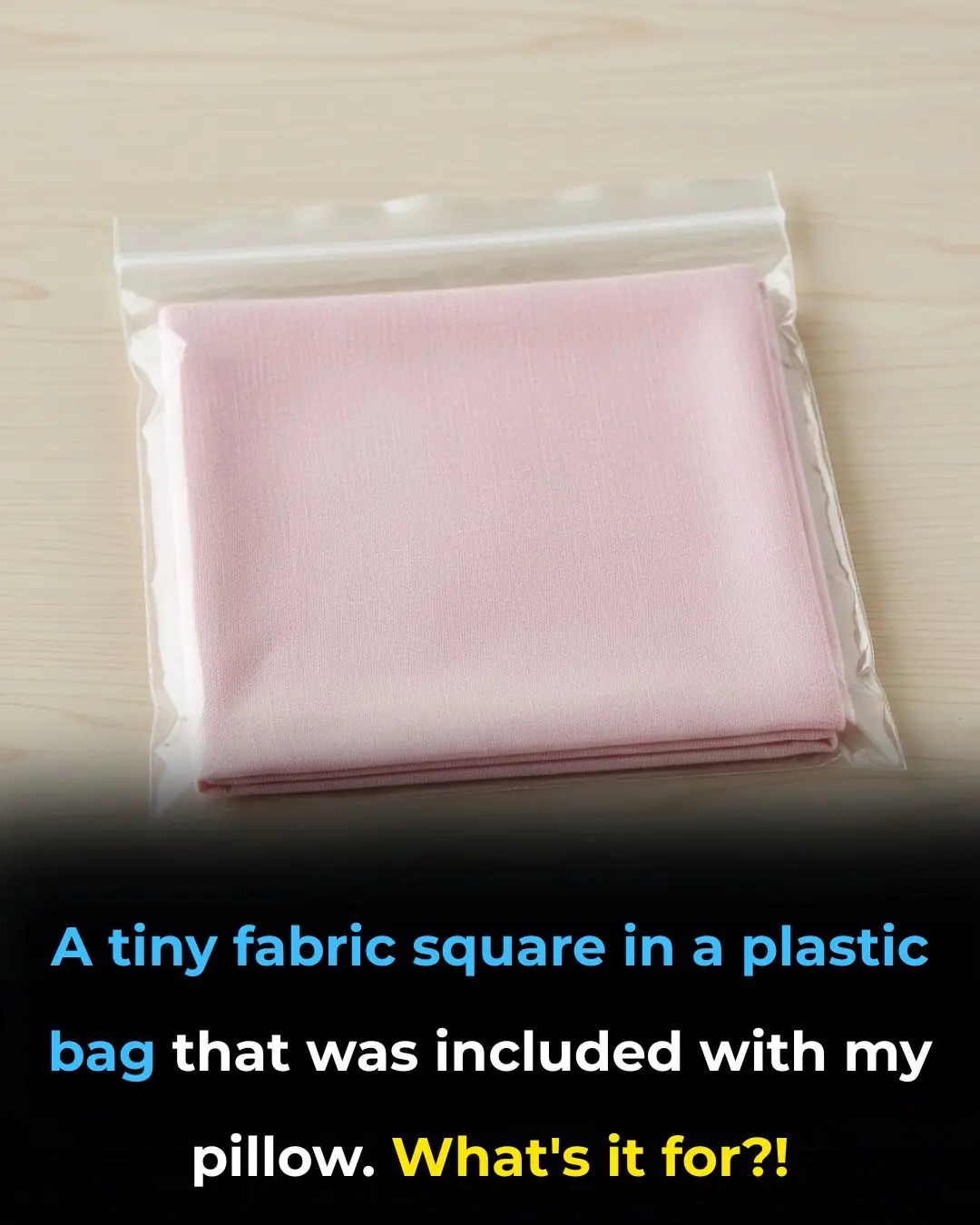
I had no idea

My nana taught me this hack to de-stink the microwave in 3 mins with 0 work. Here’s how it works

So clever

Machine-washed clothes are taken out wrinkled like rags: Before washing, do this step to flatten the clothes, saving you the trouble of ironing.

Kitchen cabinets are covered with a lot of grease, here are 4 quick and inexpensive ways to clean them.

The secret of smart chefs is to squeeze lemon into the frying oil pan, it turns out to have many great uses..

Don't use steel wool to scrub burnt pots and pans. Add a few drops of this and the pot will be as shiny as new.
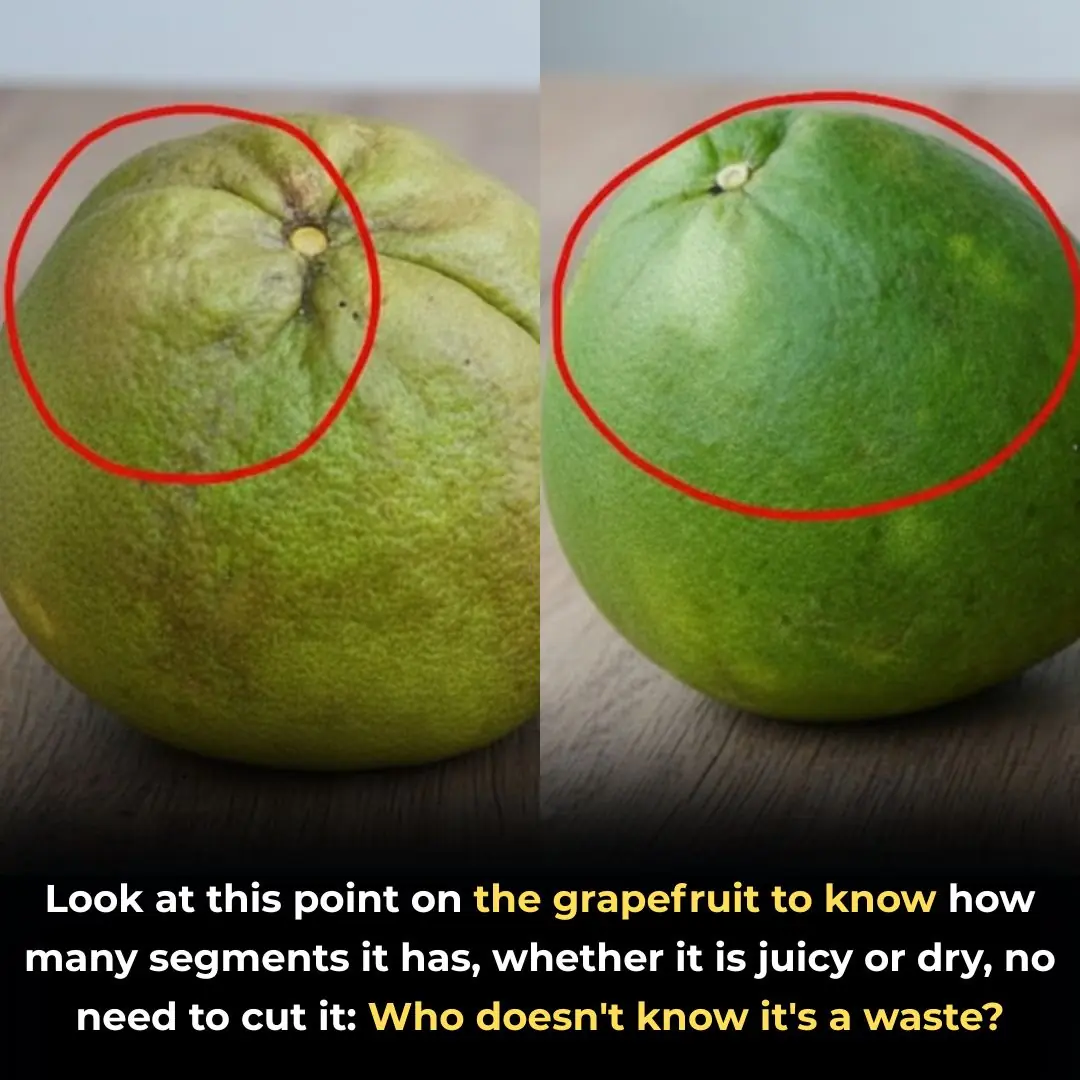
Look at this point on the grapefruit to know how many segments it has, whether it is juicy or dry, no need to cut it: Who doesn't know it's a waste?

One more step when frying grilled pork rolls with betel leaves: The rolls are fragrant, cooked evenly, and the leaves are still a beautiful green.

Smart people's tips to help save half of the monthly gas bill, and a clean kitchen requires less cleaning

Effective tips to kill cockroaches, repel cockroaches forever

12 bizarre but brilliant ways to use aluminum foil at home

One more step when frying grilled pork rolls with betel leaves: The rolls are fragrant, cooked evenly, and the leaves are still a beautiful green.

Smart people's tips to help save half of the monthly gas bill, and a clean kitchen requires less cleaning

Effective tips to kill cockroaches, repel cockroaches forever

My nana swears by this 1 ingredient to get the cleanest windows ever

I had no clue about this!

My nana taught me this hack to get rid of lawn burn from dog pee in 5 mins with 0 work. Here’s how it works
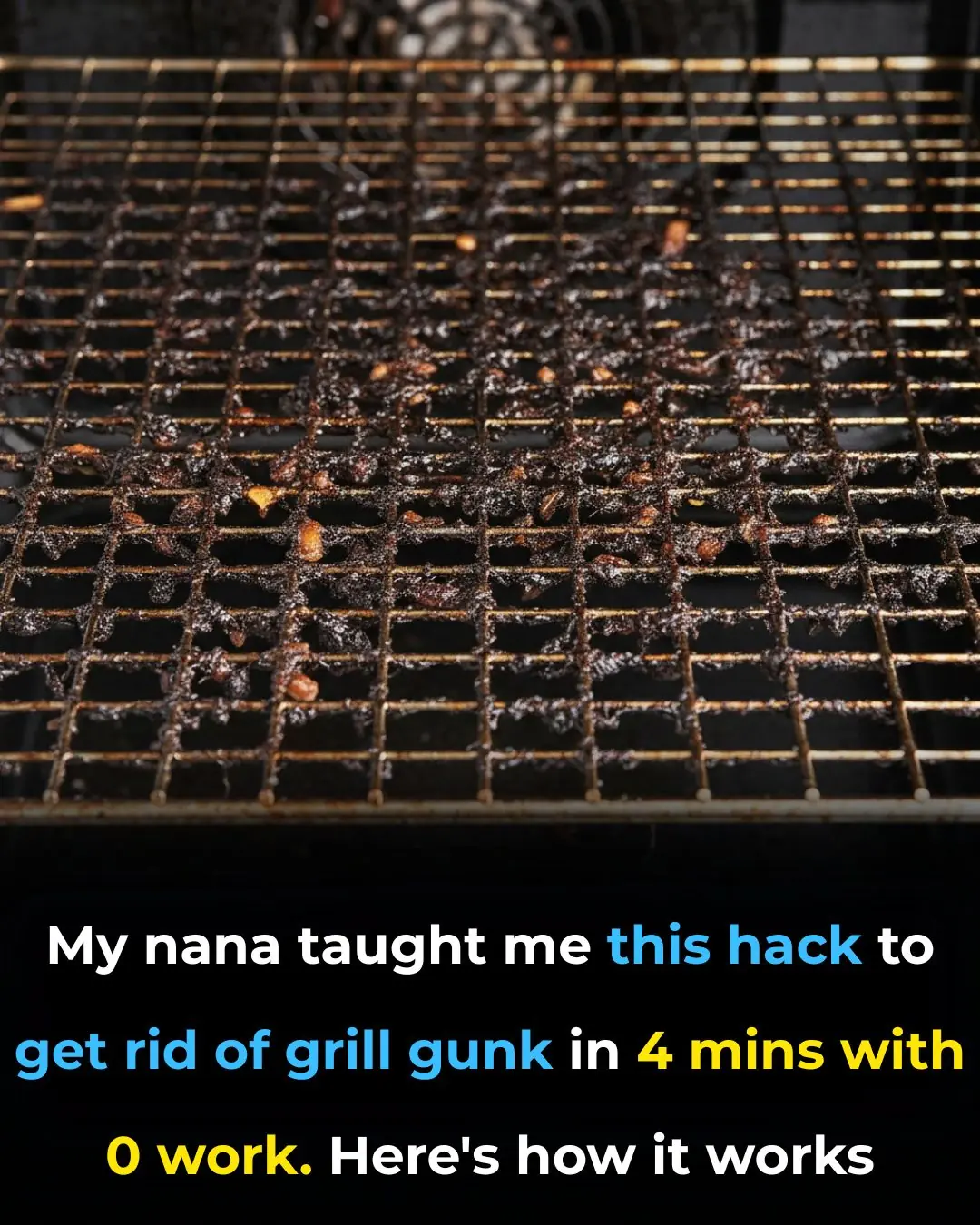
My nana taught me this hack to get rid of grill gunk in 4 mins with 0 work. Here’s how it works
News Post

I had no idea

Poor circulation? Simple foods that can get your blood moving again naturally

Count The Squares

Common Drinks That Can Be Bad for Your Liver

Do you sleep on your side? Here's the powerful effect one simple change can have on your body

My nana taught me this hack to de-stink the microwave in 3 mins with 0 work. Here’s how it works

So clever
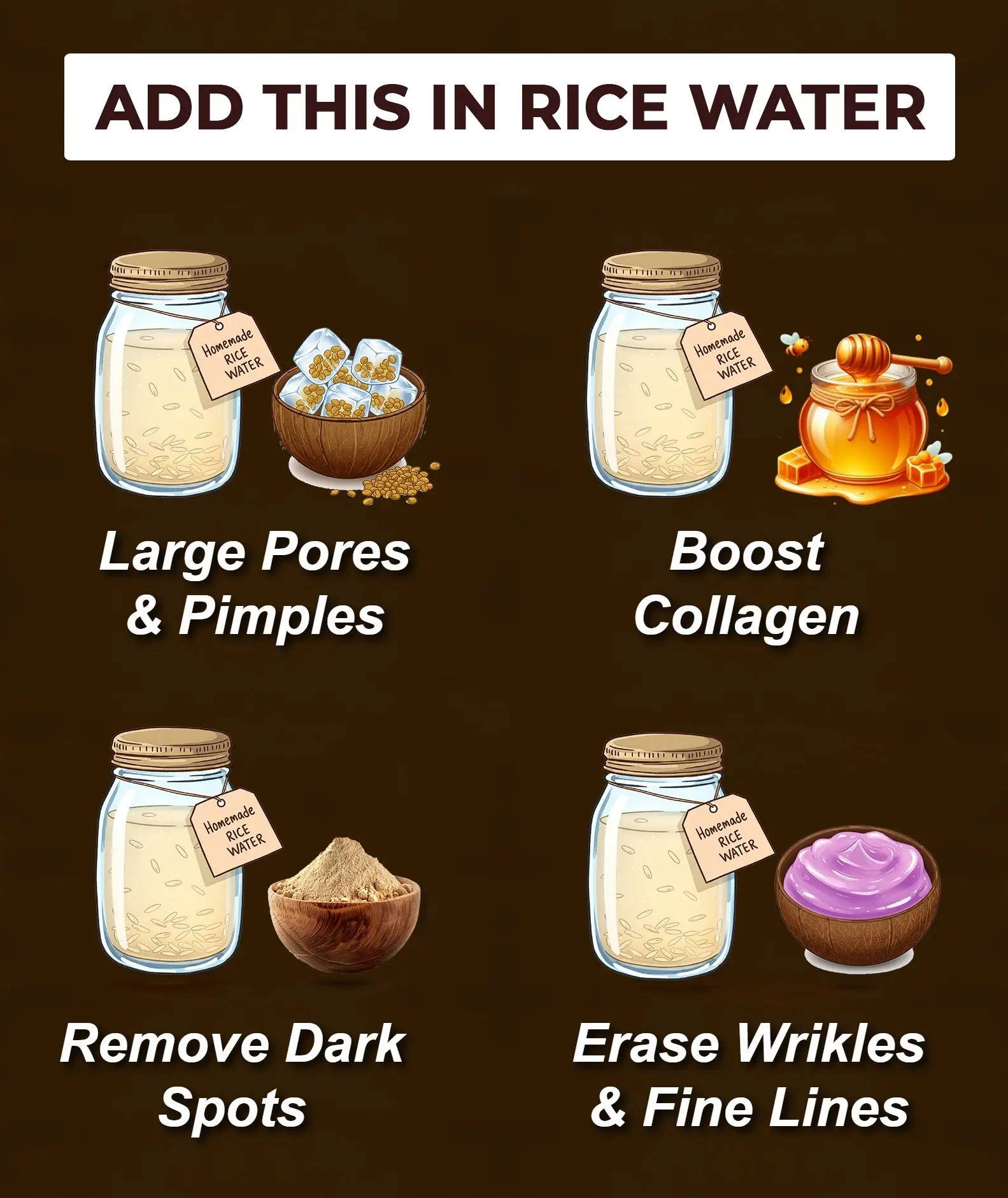
Homemade Rice Water for Skin: Amazing Recipe for Glowing and Youthful Skin

Natural Botox Drops – Secret of Younger Looking Skin
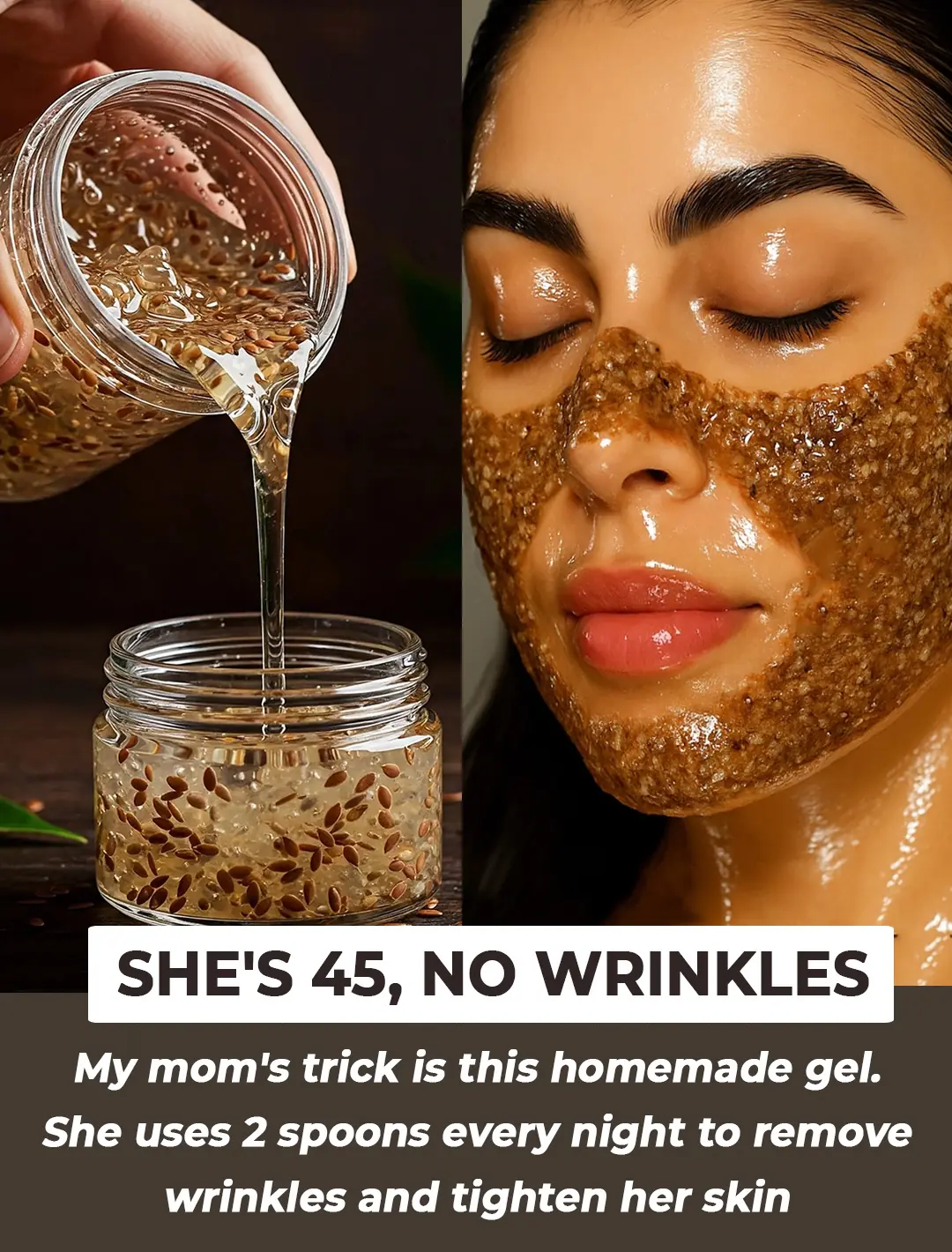
DIY Flaxseed Gel for Glowing Skin: The Natural Solution to Hydrated and Youthful Skin

Easy Recipe to Make ABC Collagen Ice Cubes at Home: The Secret to Glowing, Firm Skin

DIY Turmeric Gel For Ageless Skin: Unlock the Secrets of Radiant and Youthful Complexion
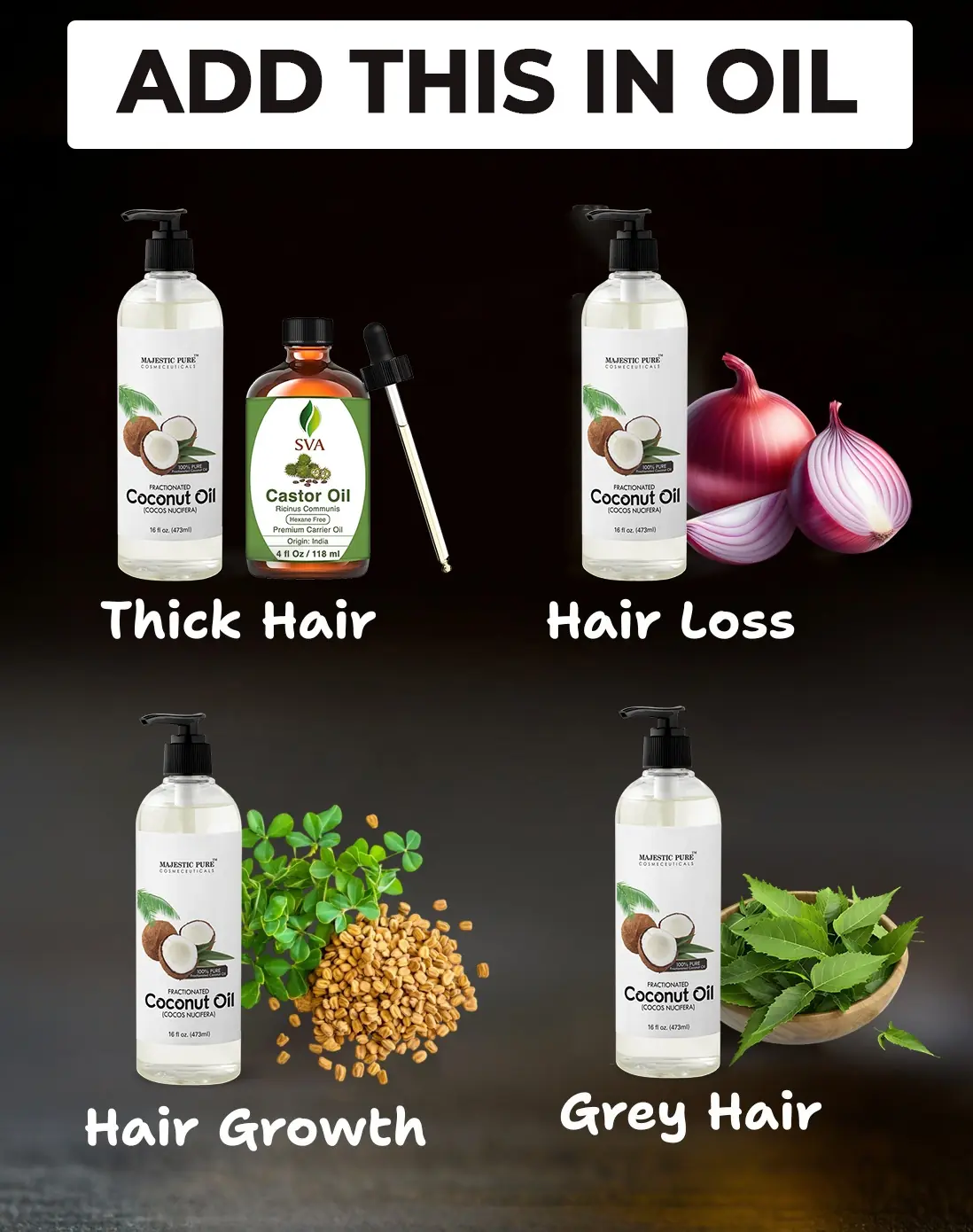
Add This in Your Hair Oil for Healthy, Lustrous Hair

The Ultimate Guide to Homemade Carrot Oil for Glowing, Youthful Skin

Homemade Ginger Lemon Shot: Your Natural Ally for Effective Weight Loss

Potato Treatment For Dark Spots & Large Pores

Add Onion and Coffee to Your Hair—The Results Might Shock You

DIY Flaxseed Gel & Okra Hair Gel For Hair Growth & Frizzy Hair

2 Mins Black Shampoo For Grey Hair
